
Food moth in the kitchen - a dangerous pest of various foods. It multiplies very quickly, spoils various cereals, flour, can even eat dried fruits, nuts and bread. After infection with it, the products become unsuitable for consumption, and their complete deterioration occurs quickly enough. About how to get rid of the food moth and some of its other species, as well as the important nuances of this pest control, let's talk further.
Urgent measures to get rid of moths in the kitchen
There are many signs of the appearance of moths in the kitchen: small brown butterflies on the ceiling and on the walls, cocoons in flour and cereals, and even pinkish caterpillars crawling along the walls of kitchen cabinets. All these signs quite clearly indicate that a food moth appeared in the house.
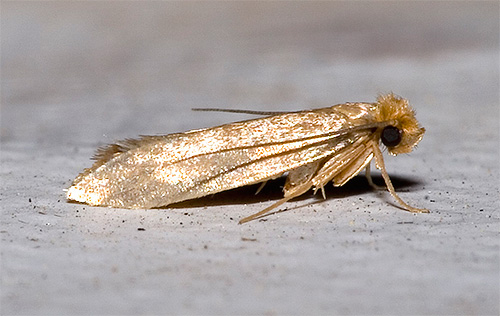
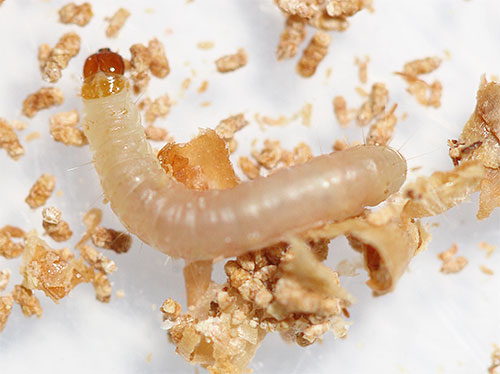
In order to quickly and effectively get rid of this pest, it is useful to have an idea about the features of the biology of the food moth and about modern highly effective anti-milking agents. It is important to understand that occasionally run around the kitchen with a slipper and destroy the moth butterflies - this is a very ineffective version of the struggle, which simply creates the appearance of the destruction of the food moth. The bulk of the pests (larvae) continues to actively develop in the contaminated food.
On a note
Mole is the generalized name for small butterflies from the order Lepidoptera. They can be divided into insects, which spoil the products and property in the house, and agricultural pests. Home moth, in turn, is divided into species that spoil the clothes, and a group of species that affect food. Of course, all these insects are found in nature, but there they feed on other feeds.
In its development, the food moth goes through several stages, and in order to get rid of moths in the kitchen, it is necessary to destroy both butterflies, larvae, and moth eggs. It should be remembered that there is no seasonality in the reproduction and distribution of moths: it can appear at any time of the year, therefore, you should get rid of the food moth as soon as possible after its detection.
It is necessary to start the disposal of the kitchen moth from the larvae.It is they who spoil the products by gluing the cereals into small characteristic lumps and leaving tortuous passages under the surface of fruits and vegetables.
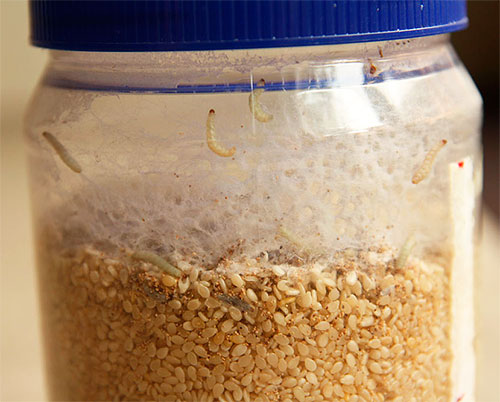
It is interesting
The food moth, depending on the products on which it lives, is divided into grains - parasitic on grains of wheat, rice and corn, apple (fruit) - spoils apples, pears, apricots, potato - lives in tubers of potatoes, tobacco and others. Any of these types of moths can be found in a city apartment.
Moth larvae are fairly easy to destroy. In order to get rid of the food moth, first of all it is necessary to sort out all the food stocks in the kitchen, clean the storeroom, check the condition of the most stale stocks.
Small gray pellets at the bottom of bags and cans, glued grains of cereals, covered with a grayish bloom, are proof of the defeat of the product by moth. You can get rid of moths in cereals by heating it in the oven or in a pan, or by freezing it for several days in the freezer. To get rid of the cereal moth, it is enough to place the contaminated product in the cold below minus 10 ° C for 2-3 days, or in the heat above + 60 ° C - for 1-1.5 hours. However, if more than 20% of the product is infected, it is better to discard it altogether.
To get rid of food moth butterflies in an apartment is most advisable mechanically.You can simply swat flying pests, and you can hang adhesive tapes or special sticky traps in the places of their distribution. To use insecticidal sprays in these cases is irrational, but if we are parallel to hounding cockroaches or domestic ants, they will give a good result against moths.
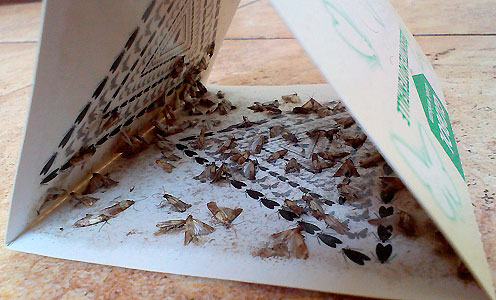
Thus, it is quite possible to get rid of a small amount of moths in products by revising food stocks, calcining infected cereals at a high temperature, or by freezing them.
Destroying moths in cabinets and furniture
It is necessary to understand that it is impossible to completely get rid of moths in the kitchen without disinfecting and disinfecting the entire territory of the pest's habitat. Moth eggs can be in the smallest cavities of furniture, and without their destruction it will be difficult to achieve cleaning the kitchen from the pest.
To get rid of food moths, the enemy must be known in person. Below in the photo - a variety of food moths:
- barn moth
- flour moth
- potato moth
- cereal moth
- mill mill
- dried fruit moth.
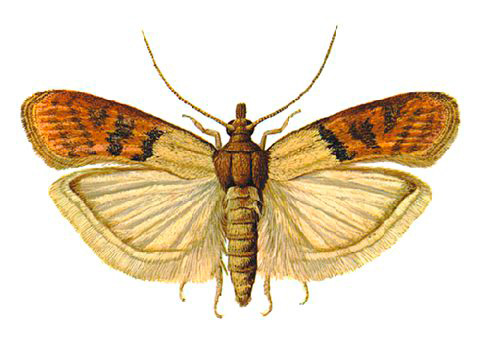
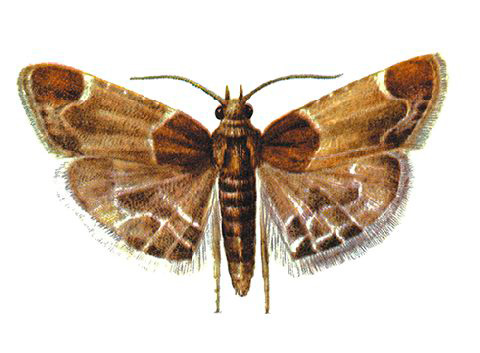
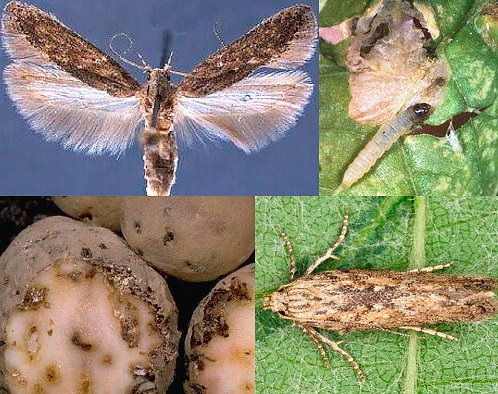
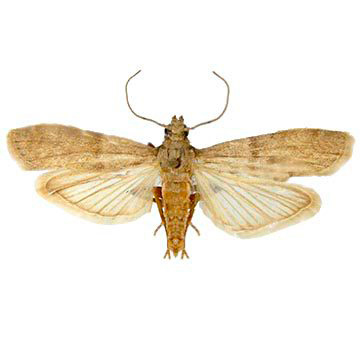

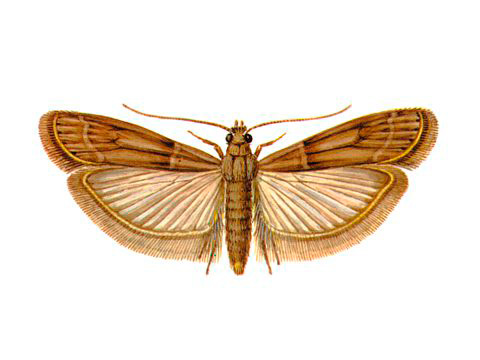
You can get rid of the kitchen moth using a wide range of special chemicals.In general, they can be divided into liquidation - insecticides containing toxic substances and destroying already existing insects, and repellents - created on a plant-based basis and scaring new pests. The most common form of release of insecticides is aerosols.
There are many different aerosols that you can use to get rid of moths in the kitchen. Among the most popular are the Moth Raptor, Armol, Antimol and Kombat aerosol.
The protection against moths raptor is used against moth moths and its larvae. It is sprayed on furniture, including wooden, clothes, carpets, effective for 12 months or before the first wash.
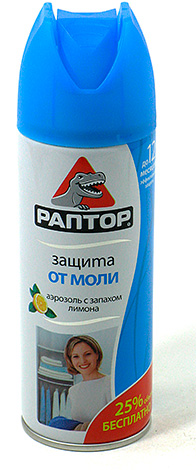
Moth aerosol Armol has an instant effect against butterflies and a prolonged action against moth larvae. Used for cleaning and protecting insects from furniture and carpets. Valid for 6 months.
Antimole Raid is used on clothing, fur and fabrics of any type, retains its effectiveness for a year or until the first wash.
Aerosol "Combat SuperSpray" has a universal effect against most flying and crawling insect pests.It is sprayed in the corners of rooms, at the junction of furniture and in places where insects spread, safe for animals.
Feedback
“Recently with horror I found mole in the croup in my kitchen. From where it is not clear, but the larvae are crawling in huge quantities. I decided to get rid of it radically - I washed everything up, threw away the spoiled products and sprayed Raptor with it. It turned out that even after my cleaning there were insects in some places. Again removed and sprinkled. Now I enjoy cleanliness. ”
Diana, Rostov-on-Don
When using insecticides when fighting food moths It is important not to allow drugs on food!
How to protect things and products from moths and its larvae
The mechanism of action of repellents is that they deter insects and prevent them from laying eggs. Most often repellents are in the form of tablets, plates and briquettes, some of them may contain naphthalene and camphor.
It should be remembered that naphthalene has pronounced carcinogenic properties, therefore it cannot be used in residential premises, and when choosing a repellent it is necessary to check its composition. Because of this, their use in the kitchen is generally limited and use them next tofood undesirable.

To get rid of the food moth, you can use lavender and fir oils. Cotton discs impregnated with these oils should be decomposed at the places where the pest has appeared. And to get rid of cereal moth in the kitchen as a whole it is worth spreading a few tablets on top of cabinets or under furniture. The most well-known repellents are the tablets "Antimol" and "Dezmol", the plates "Prayer", the cassettes "Arsenal", "Fitocid", "Zitol", "Gela"
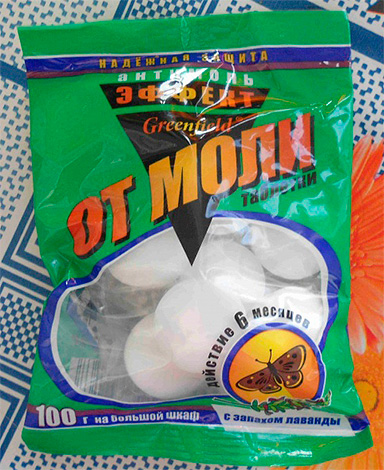
Feedback
“My grandmother always laid out bunches of dried lavender from the moths of the moth in the kitchen. You can get rid of her, she said, but it’s better if she doesn’t exist at all. When we moved to a new apartment, after the general cleaning, I laid out the tablets with lavender in different secluded nooks and periodically changed them. For a year and a half there was not a single moth butterfly in the house. ”
Anna Melnik, Krasnodar
Moth sections
Moth sections are considered the most efficient and effective means of preventing moths. They may be produced with the aromas of lavender, mandarin or chamomile, or they may not have any smell at all.
Generally speaking, the sections are designed to protect things in wardrobes, but they can help get rid of food moths in the kitchen.Being, in fact, a fumigation agent, they release active substances that prevent the reproduction of moths and, moreover, scare away adult individuals (butterflies).
Among the famous brands of moth sections are Raptor, Mosquitall, Globol.

Section from moth Raptor is designed to protect woolen and fur products. It helps to get rid of both adult butterflies and moth larvae in the kitchen. Sections should be changed every 4 months.
Mosquitall sections provide comprehensive protection from moth butterflies. The pests work poorly against larvae and eggs, it is desirable to use them as a means of prevention. Effective for 6 months.
Feedback
“To protect the clothes, I always use the Mosquitall sections. Recently decided to apply them in the kitchen - there was a case of the appearance of a grain moth. It was possible to get rid of, throwing out all the grain, now I would like to avoid its new appearance. The Mosquitall section has a very convenient shape and a hook, with the help of which it can be hung even on a cornice. In addition, the section has a special slider to mark the beginning of the time of use. I hope the kitchen is now as protected as the wardrobe. ”
Natalya Korotkova, Novgorod
Sections Globol have an original design and protect the space from both moth butterflies and caterpillars. In their composition have natural lavender oil.One section is enough for 6 months.
Folk remedies for moth
In addition to chemical preparations against moth, folk remedies also have a certain effectiveness. These include tobacco leaves, pepper, fresh geranium and nettle, wormwood, mint, orange peel, fresh and dried lavender flowers, laundry soap and others.
To repel moths, a small amount of natural repellent is usually laid out in the depth of kitchen cabinets. The smell emanating from these products will scare away the adult moth and will not allow it to lay eggs. But on the larvae of the food moth folk remedies practically do not work - this must be remembered.

To get rid of the moth flour, popular wisdom recommends sift the flour, then dry it in the oven, and then store it with a few cloves of garlic. In the fight against moths, you can also use salt.
A popular recipe for getting rid of a fruit moth is to rinse the product in salt water. Practice shows that this method works only with a slight degree of contamination of the product.
Moth prevention methods
It is much more effective to prevent the appearance of moths in the kitchen and in the house than to deal with the results of its vital activity.
First of all it concerns food stocks.There is no need to mass storage of cereals, flour and pasta in the kitchen - food is worth buying no more than a week. At the same time give preference to better-known, well-established brands. Store bulk solids in tightly closed containers.

If possible, do not leave fruit and vegetables outdoors. You can get rid of the fruit moth found by placing the fruit in the fridge. If you suspect potato moth tubers should be sifted out and get rid of the infected as soon as possible. And of course, the best prevention from moths is a careful check of all purchased products.
In conclusion, we note that a mole can equally successfully live in a rural house and in a luxury apartment, so simply maintaining cleanliness in the house does not guarantee that the pest will not come to visit you. Proper use of preventive agents and measures will save your home from the invasion of the food moth is more likely.
Useful tips for getting rid of clothes moths in the cupboard and food moths in the kitchen

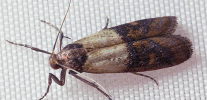
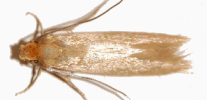
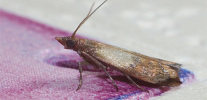
I read your informative and instructive article, for which thank you. We don’t have such a problem in an apartment, but there is always a supply of food at the dacha and sometimes it is stored for a long time. Neighbors have repeatedly complained about the food moth, but so far, thank God, this attack has passed, although we must be ready for anything. I decided to look for information. Now I know exactly what to do. Thanks again for the helpful tips.
There is a lot of water, but there is no specific advice. Once again I realized that the Internet is a cesspool!
Good advice. It is clearly and clearly stated who such a mole is and what it is afraid of. What, specifically, advice did you see here?
Normal tips! Everything is accessible and clear ... And no it is not a garbage dump, a lot of useful things on the Internet Thanks for the advice, I will definitely use it, otherwise these butterflies are overpowered ...
Very useful tips. At least they helped me get rid of the food moth. And about citrus peels - a mole and ate them.
Sorry, which of the above methods helped you? We processed all the furniture in the kitchen, and all the grains were fried, and putting up adhesive tapes, on which the mole sat, but didn’t get rid of the problem ((So these stupid caterpillars crawl, both white and red.